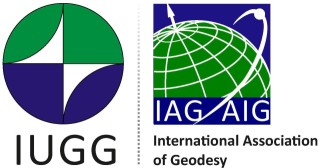The recent release of hundreds of GPS-derived tidal displacements with sub-millimeter precision for the semi-diurnal constituent M2 offers promising opportunities to constrain the elastic and anelastic properties of the Earth's crust and upper mantle via data-inversion methods. Formal work on inversion techniques, focussed on ocean-tide loading displacements (OTLD), has only recently appeared in the literature, and an estimate of the asthenosphere's quality factor Q at tidal periods has been put forth for Western Europe. Moreover, the GPS-based tidal displacement field appears sensitive to large-scale lateral heterogeneities for the body tide at inland sites and more so to regional-scale heterogeneities for the load tide at coastal sites. The sub-millimeter precision in the data together with an extensive spatial coverage of GPS stations have long been awaited for in order to infer Earth structure therefrom, and work on this aspect of earth-tide research is expected to grow. Thus, it is timely to revisit the premise of the associated inverse problem, well-stated in the 1970's, and so assess the likelihood of enriching models of the Earth's material and structural properties, beyond those inferred from seismology. Since the 1970's much effort has been devoted to improving ocean-tide models which, now, are well-constrained by altimetry and validated by high-precision gravimeters. In contrast, the Earth structural models used in the computations of OTLD have not evolved much from spherically-symmetric homogeneous stratification, despite major advances in seismology regarding the heterogeneous nature of earth materials at a wide variety of scales. The emphasis of this review is on the potential of OTLD data to estimate Q at the regional scale in light of modern seismological models. A program designed to include material heterogeneities in the construction of an initial model to be used in the data-inversion scheme is also suggested.

 PDF version
PDF version
